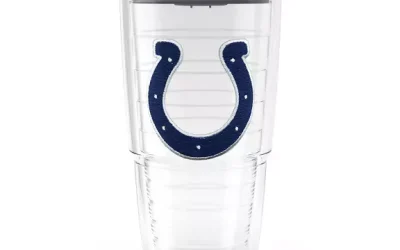The creation of artificial snow began with winter sports and the movie industry. In movies, artificial snow has been a prop since the 1920s. If the time line for a Christmas season release, it meant that the scene would be shot in the summer. While the early movies could and did set up stages in the mountains, it was less expensive and safer (not to say also more comfortable) to film them on lots.
Yet, winter scenes require snow. In places like sunny California, where a majority of early films were shot, there is no snow. So the solution was to create some. Thus, artificial snow was born. However, the products varied in quality, make-up and toxicity.
First Artificial Snow
In the early days of film making, artificial snow was made from salt. It required no preparation beyond purchasing sufficient amounts to pour on the set. Alternatives to salt included such things as:
-
Sawdust: White pine was favored and the illusion was completed with glass icicles.
-
Salt and Paper: This form of artificial snow required a little bit of effort. The white paper had to be cut into small pieces. They would be tossed above a wind machine. This made them blow about, looking like the real thing. It was only good to use for a few small scenes.
-
Corn Flakes: If you take cornflakes and bleach or coat them, you have one of the most common forms of artificial snow in the film business. Shaved gypsum was often added to complete the wintery effect. However, the noise the snow made overwhelmed the dialogue of actors. This often resulted in having to dub in the voices later.
-
Cotton Wool: This was another substitute for snow. It looked great for coverage but not for falling snow.
-
Gypsum: This substance was frequently used to produce films. It was crushed into a powder and spread across the designated set. Unfortunately, this form of artificial snow was also toxic.
In the late 1920s, a dangerous form of artificial snow made of asbestos made its appearance. It was used in several films during the 1930s, including briefly in the famous movie The Wizard of Oz.
Realistic Artificial Snow: It’s a Wonderful Life
It’s a Wonderful Life, the classic Christmas tale directed by Frank Capra in 1946, is known to be the production that introduced a new type of realistic artificial snow. The director worked with special effects head, Russel Sherman, to produce a unique type of artificial snow. This type was sprayable. It was a mixture of a material found in fire extinguishers (foamite) water, sugar and soap flakes.
The result was one to find favor with movie directors. It looked like the real thing. It also did not make loud noises that interfered with live productions. Actors could talk and be heard while they performed their scenes. Unfortunately, it is rumored some of these new artificial snow particles contained asbestos.
Today’s Artificial Snow
Today, movies use artificial snow. However, while the types they use may vary, they generally have one characteristic in common. They are all safe and even environmentally friendly. These developments have resulted from a genuine concern for the safety of all the actors in modern movies. Technological advancements have continued to provide the incentive to provide safe, reliable and realistic artificial snow.
If you are planning an event and looking for the highest quality of Artifical Snow contact Business Name. We are here to take care of all your snow-related needs. From small parties to larger theatrical events, we can provide you with the snow you need to make everything click. To learn more about how we can help you, visit us online at webiste.

